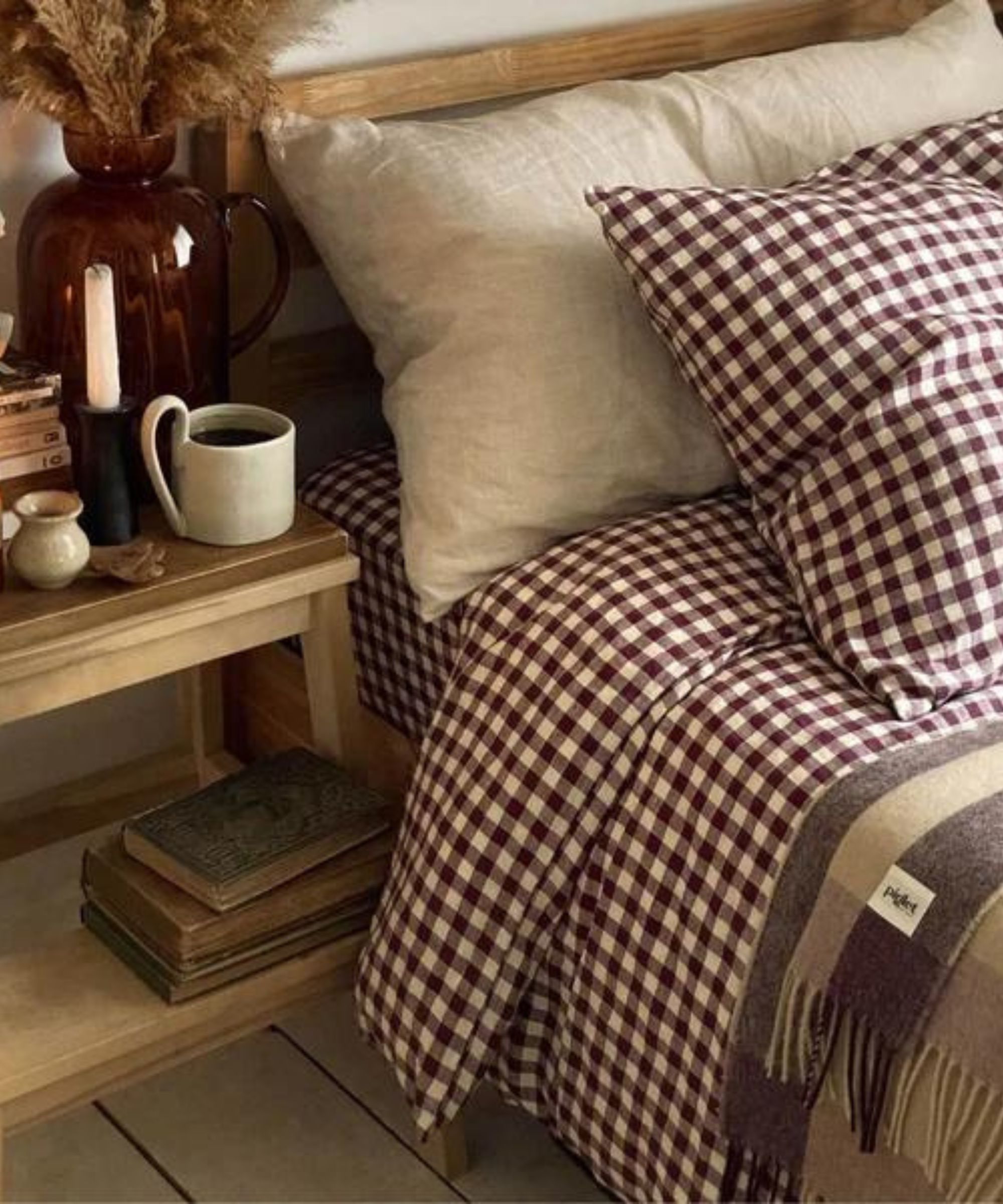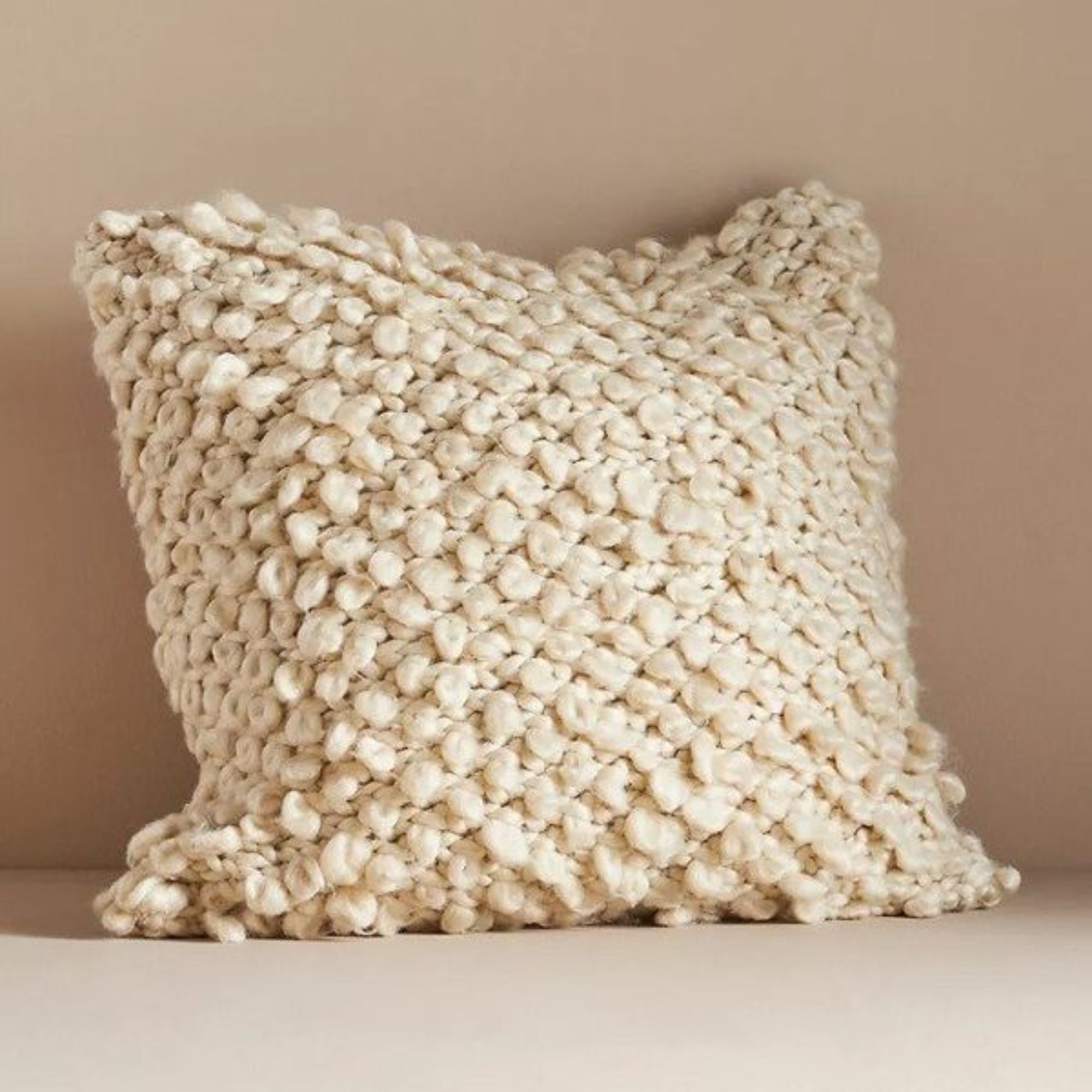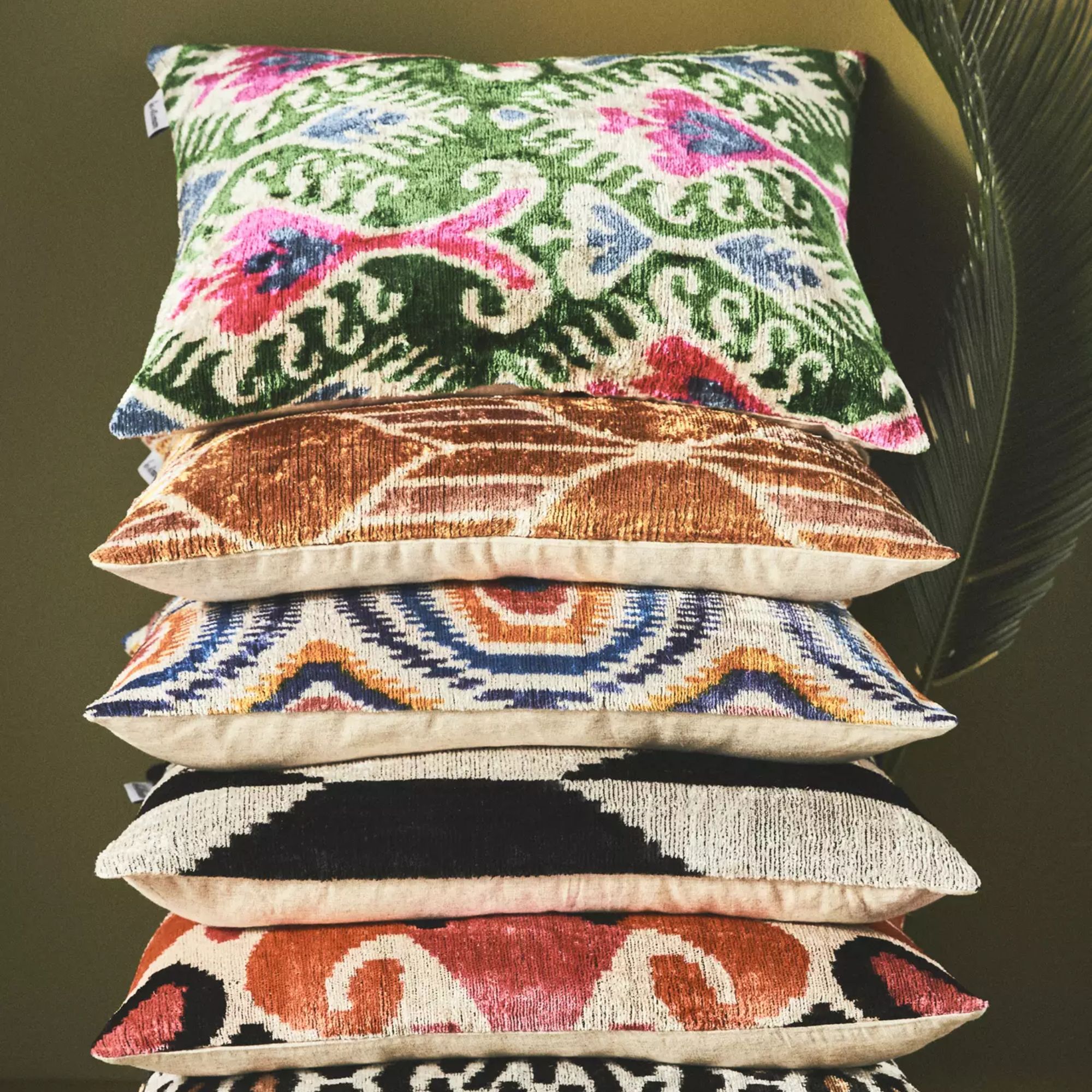How often should you wash your pillows? Our experts advise
It's an easy task to forget, but cleaning your pillows is key to keeping them fresh, ensuring better relaxation and comfort


The key to ensuring you get a good night's sleep, have a comfortable living room, and maintain hygienic practices is washing your pillows the right amount.
How often you wash your pillows is highly influenced by the type of pillow you have as well as individual factors such as allergies and sleeping habits.
'Over time, pillows can accumulate allergens such as dust mites, pollen, and pet dander,' says Angela Rubin, owner of Hellamaid. 'Regular washing helps reduce these allergens, making your sleep environment healthier, especially for those
with allergies or asthma.' So, be sure to wash your pillow regularly to not let your pillow ruin your sleep quality.
'Plus, washing pillows can restore their fluffiness and shape, enhancing their comfort and support,' adds Angela Rubin. 'This is particularly important for down or feather pillows that tend to flatten over time.'
Our experts explain how regularly to wash your pillows, cases and covers to keep them clean and fresh, as well as how often different types of pillows should be cleaned.

Hellamaid is an award-winning cleaning company in Canada that's been featured on multiple global media brands.
How often to wash your pillows
It's also important to consider the material type of the pillow since this will also impact how often it should be washed to ensure it doesn't become prematurely worn out.
Pillowcases

'Pillowcases should ideally be washed every one to two weeks,' recommends Janille Mangat VMAP Cleaning Services, 'This helps prevent the build-up of dirt, sweat, and oils that can transfer from your skin to the pillow.'
We recommend having a rotation of a few of your favorite bedding sets to switch around whenever you do a wash to keep your bed coherently styled.
Pillow protectors

'Utilizing pillow protectors and changing pillowcases regularly can help extend the time between washes by reducing exposure to sweat, oils, and other contaminants,' says Muffetta Krueger, cleaning expert and the founder of Muffetta's Domestic Assistants.
These covers act as a barrier against sweat and allergens, making your pillows last longer between cleanings, however, don't make the mistake of forgetting they need cleaning too.
Angela Rubin advises 'These protective covers should be laundered every 2-4 weeks.'

Muffetta Krueger is a cleaning expert and founder of Muffetta’s Domestic Assistants with over 16 years of operational management experience in the service industry. Muffetta’s Domestic Assistants provides housekeepers, house cleaners and maids, and is based in New York.
Pillow (the inner fill)

For standard synthetic pillows, Mohammad Ahmed, Interior Designer and founder of The Home Guidance says, 'I recommend washing them every three to six months. This routine helps to remove dust mites, sweat, and body oils that accumulate over time.'
If you suffer from allergies or asthma, consider washing your pillows every two months for a healthier sleeping environment.

Mohammad Ahmed is an Interior Designer and Home Expert. He did his bachelors degree in Interior Designing at the University of Minnesota in 2013 and since then has worked as an interior designer in various companies, designing functional and beautiful spaces for clients. In addition to his interior and exterior design skills, Mohammad is also Home expert with a talent for creating bespoke furniture and other accessories. He has been featured in popular publications such as Forbes, Yahoo, Realtor, Real Homes, Bustle, and Livingetc for his exceptional design tips.
Throw pillows

'Decorative throw pillows that are used heavily (think sofa pillows you lay on to watch TV every day) should be washed at least once a quarter,' advises Kait Schulhof, founder of A Clean Bee.
This will, however, depend on how, where, and how often they are used. If you allow your pets on the sofa, you may want to consider washing them more regularly.

$88
For ultimate warmth this fall, this pillow is guaranteed to bring the cozy-factor to either the bedroom or living room. It's neutral color means it pairs well with lots of design styles.
Type of pillow

When it comes to washing pillows, the frequency depends on the type of pillow and the material it is made from. Make sure to avoid bedding mistakes by always referring to the care instructions provided by the manufacturer.
'Synthetic pillows, such as polyester or memory foam, should ideally be washed every 2-4 months,' instructs Angela Rubin. 'These pillows are less prone to allergen build up but can still benefit from regular cleaning.
'Natural fill pillows should be washed every 6-12 months. They require less frequent washing due to their natural resistance to allergens and odors, but periodic cleaning helps maintain their loft.'
Rich Mullins, cleaning expert and owner of H2O Plumbing expert adds, 'When it comes to down or feather pillows, they require a bit more care. Due to their natural fill, feather pillows should be washed less frequently, around once or twice a year. Overwashing can break down the feathers and compromise the pillow's loft and support. Always check the manufacturer's care label for specific instructions, as some may recommend professional cleaning.'
Pro tip: feather pillows should be washed on a gentle cycle with a mild detergent and cool water.
Over time, your pillows become flattened and lose their shape, which can lead to neck and back pain, so remember, your pillows should be replaced every two to three years. If you're in the market to buy, head to our guide on the best pillows to buy in 2023 and the best pillows.
FAQs
What detergent should I use to wash pillows?
'When washing pillows, use hypoallergenic detergents to minimize potential allergic reactions and maintain the pillow's overall quality,' advises Muffetta Krueger, cleaning expert and founder of Muffetta's Domestic Assistants.
Rich Mullins, cleaning expert and owner of H2O Plumbing expert adds, 'Select a gentle cycle and use extra rinse cycles to ensure all detergent residue is thoroughly removed. Ensure you dry your pillows on a low heat setting with a few clean tennis balls to fluff them up and prevent clumping.'
How to wash memory foam pillows?
'Memory foam pillows should be spot cleaned rather than machine-washed,' advises cleaning expert Janille Mangat at VMAP Cleaning Services. 'Use a damp cloth with a mild detergent to clean stains and allow the pillow to air out regularly to prevent odors.'
Muffetta Kruger leaves a few final pointers: 'Individuals with allergies or respiratory issues may benefit from washing their pillows more frequently, as a clean pillow can help minimize exposure to allergens and irritants.
'Ensure pillows are thoroughly dried after washing to prevent mold and mildew growth. Follow the manufacturer's instructions for drying, and use a low heat setting.'
Sign up to the Homes & Gardens newsletter
Design expertise in your inbox – from inspiring decorating ideas and beautiful celebrity homes to practical gardening advice and shopping round-ups.

Lola Houlton is a news writer for Homes & Gardens. She has been writing content for Future PLC for the past six years, in particular Homes & Gardens, Real Homes and GardeningEtc. She writes on a broad range of subjects, including practical household advice, recipe articles, and product reviews, working closely with experts in their fields to cover everything from heating to home organization through to house plants. Lola is a graduate, who completed her degree in Psychology at the University of Sussex. She has also spent some time working at the BBC.
-
 These are the 6 must-have colors to decorate with in April 2025
These are the 6 must-have colors to decorate with in April 2025What do retro-inspired yellows and beautiful blues all have in common? They're on our hot list for the season ahead
By Sophia Pouget de St Victor Published
-
 Plants never to grow next to fruit trees
Plants never to grow next to fruit treesExpert advice on which plants to keep away from fruit trees to encourage a healthy harvest
By Jacky Parker Published

